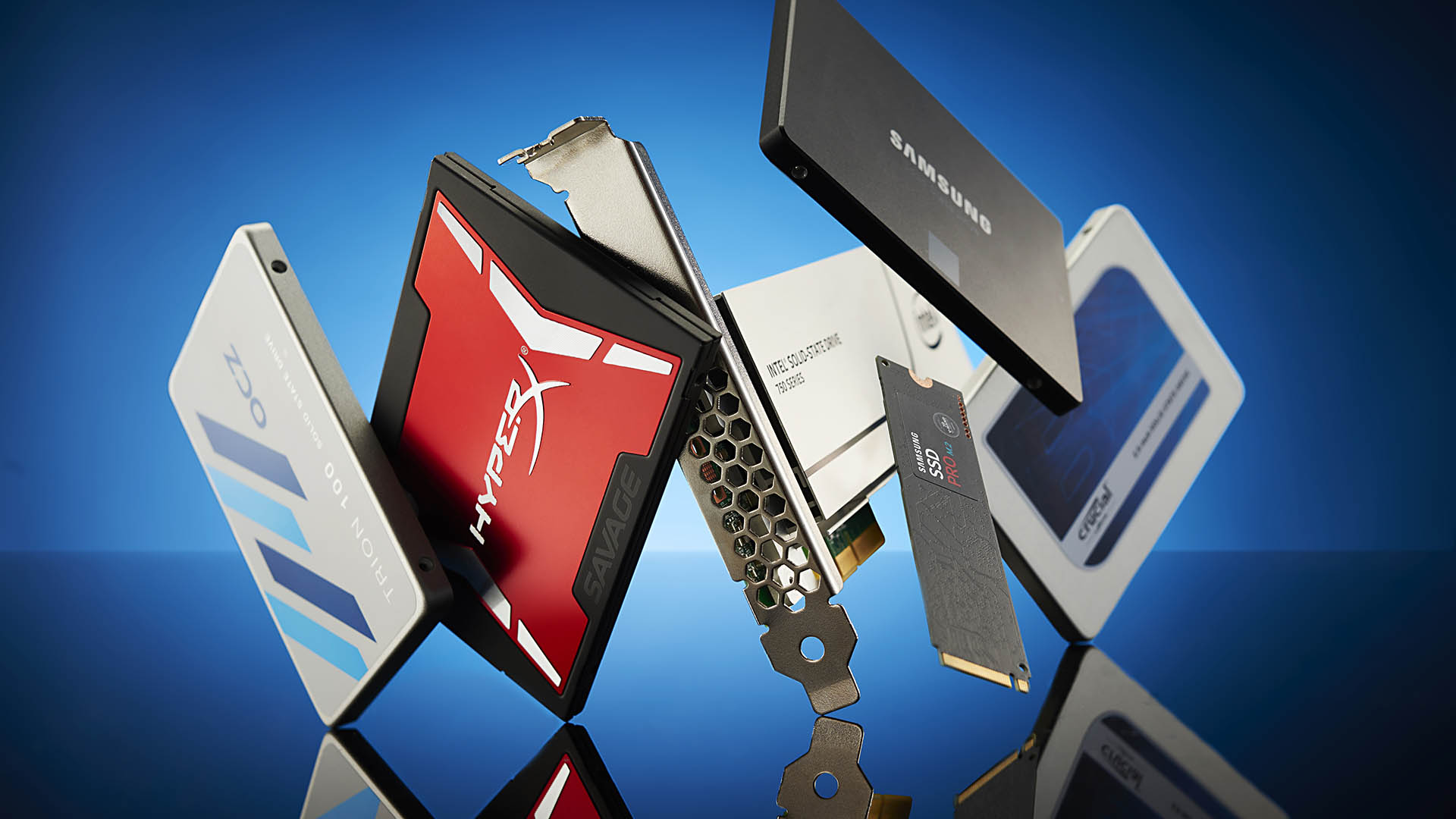Phison demos a PCIe 5.0 SSD and it's shockingly fast
Gearing up for a 2022 debut.
As the launch of next generation platforms with PCIe 5.0 SSD support draws closer, Phison has showcased a PCIe 5.0 SSD in action. As expected, it's fast. The engineering sample drive is based on Phison’s new PS5026-E26 controller. The drive obliterates the sequential performance of PCIe 4.0 drives, with read and write speeds of 12,457MB/s and 10,047MB/s respectively.
Phison used CrystalDiskMark to benchmark the drive. While the sequential performance is what draws the headlines, its 4K performance is also excellent and will surely only get better. E26 drives are still months away from release, meaning there’s a lot of scope for firmware tweaks and improvements.
Phison says the E26 can reach up to 13,500MB/s and 12,000MB/s sequential read and write speeds. That isn’t too far from the maximum possible speed of a PCIe 5.0 x4 connection at 15,754MB/s.
The first E26 drives have already broken cover. At Computex last week, Apacer revealed its first PCIe 5.0 drives. Both are rated at 13,000MB/s sequential read and 12,000MB/s sequential write speeds. Of course, we can expect the big players including Samsung, Western Digital and Seagate to reveal their PCIe 5.0 drives later in the year.

Best SSD for gaming: the best solid state drives around
Best PCIe 4.0 SSD for gaming: the next gen has landed
The best NVMe SSD: this slivers of SSD goodness
Best external hard drives: expand your horizons
Best external SSDs: plug in upgrades for gaming laptops and consoles
An interesting thing to note is that some manufacturers may choose to adopt a new M.2 form factor. Whereas 2280 drives are by far the most common form factor used in consumer drives (22mm wide and 80mm long), the Phison E26 drive is 3mm wider, making it a 2580 drive. Though the M.2 connector itself is the same, the extra PCB width may break compatibility with older motherboards or laptops. We’ll have to wait and see if the consumer market adopts this newer form factor or not.
Raw sequential speeds of 10GB/s or more might not make a huge amount of difference in the real world right now, but that may change. It won’t be long before we start seeing games take advantage of Microsoft’s DirectStorage API, where faster sequential transfers of data to a GPU should be advantageous. Nvidia’s RTX IO and AMD’s SmartAccess Storage both support DirectStorage. We can expect to see these technologies in action as the launch of PCIe 5.0 SSDs and next generation GPUs draws closer.
PCIe 5.0 drives are expected to make their debut alongside AMD’s Zen 4 CPUs and accompanying X670 motherboards. Phison Micron and AMD are collaborating with each other to make sure that the entire platform is ready from day one. Intel’s next gen desktop platform is also expected to offer PCIe 5.0 M.2 support.
The biggest gaming news, reviews and hardware deals
Keep up to date with the most important stories and the best deals, as picked by the PC Gamer team.

Chris' gaming experiences go back to the mid-nineties when he conned his parents into buying an 'educational PC' that was conveniently overpowered to play Doom and Tie Fighter. He developed a love of extreme overclocking that destroyed his savings despite the cheaper hardware on offer via his job at a PC store. To afford more LN2 he began moonlighting as a reviewer for VR-Zone before jumping the fence to work for MSI Australia. Since then, he's gone back to journalism, enthusiastically reviewing the latest and greatest components for PC & Tech Authority, PC Powerplay and currently Australian Personal Computer magazine and PC Gamer. Chris still puts far too many hours into Borderlands 3, always striving to become a more efficient killer.


